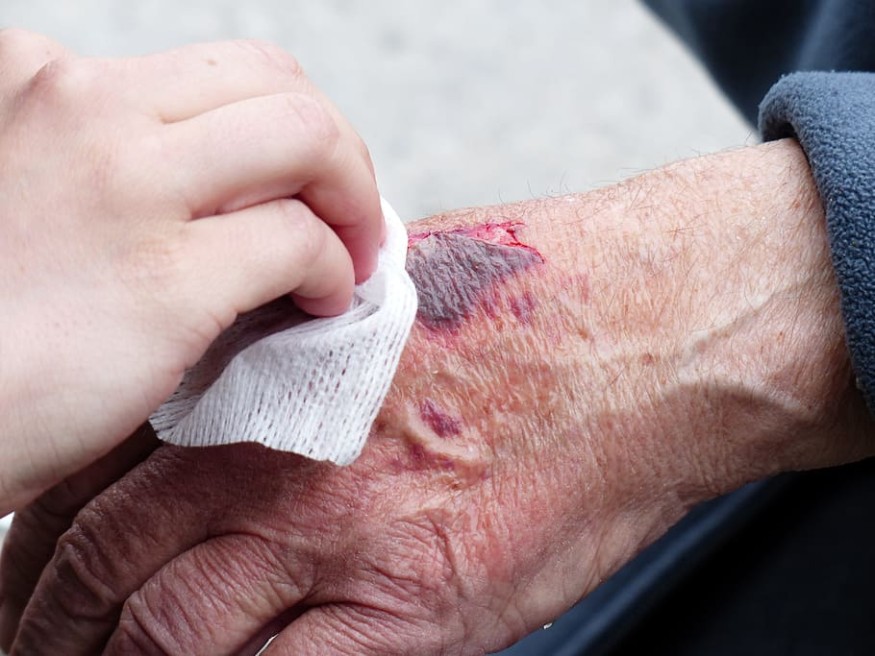
Living microalgae to treat slow-healing wounds? This research says it is possible.
Researchers at the Nanjing University in China were able to develop a wound patch filled with what we know as blue-green algae, starring their ability to naturally produce oxygen through photosynthesis. These microorganisms, scientifically called Synechococcus elongatus, are used in the study to speed up healing in mice.
Oxygen gases are sometimes used to treat the wounds, as oxygen aids in skin healing. Most often, however, the oxygen gas does not work because only a little amount of oxygen gas can penetrate the skin.
Blue-Green Algae, Oxygen, and Wounds
These challenges lead the researchers at Nanjing University to develop the wound patch. The researchers also used hydrogel beads in the wound patch to soak up the oxygen produced by the bacteria, allowing it to penetrate deep into the skin, passing through sweat and hair follicles.
The effectiveness of the bacterial patch was compared to the standard oxygen gas therapy in mice with diabetes that had skin wounds of about 1 centimeter in diameter.
Six days after the treatment, the wound treated with the bacterial patch reduced in size by 45 percent, compared to the wound treated with oxygen gas, which only had a reduction of size by about 20 percent.
The wounds with bacterial patch also healed completely about three days prior and had no side effects.
READ: COVID-19: US and Japan Start Gilead's Remdesivir Treatment Days after Emergency Approval of Drug
The faster healing of the wound treated with the bacterial patch seemed to be because of better oxygen delivery. The bacterial patch was discovered to carry approximately 100 times more oxygen into the mouse skin than the oxygen gas. The patch will be tested in larger animals before advancing to human clinical trials.
The researchers are hopeful that the same patch may also be used to treat diabetic patients who suffer from chronic wounds due to poor blood circulation. This results in slow-healing sores or wounds. In some cases, the affected body part may have to be amputated to prevent the spread of infection.
The study also indicates that the patch promotes "cell proliferation, migration, tube formation in vitro and improve chronic wound healing and the survival of skin grafts in diabetic mice."
Are Synechococcus elongates safe?
These kinds of blue-green algae are safe. S. elongates thrives in freshwater and is a unicellular cyanobacterium. Cyanobacteria, which are frequently referred to as blue-green algae, are prokaryotes that get their energy from photosynthesis.
This cyanobacteria is rod-shaped and can thrive in freshwater environments, even with low nutrients. They thrive best in freshwater hot springs or freshwater habitats. Despite the lack of cilia or flagella, this cyanobacterium moves in a wave-like manner.
It can undergo using photosynthesis from sunlight, carbon dioxide, and water. These cyanobacteria can produce oxygen on their own. The oxygen that these blue-green algae are producing is essential for the oxygen needed to heal chronic wounds.
© 2025 NatureWorldNews.com All rights reserved. Do not reproduce without permission.





